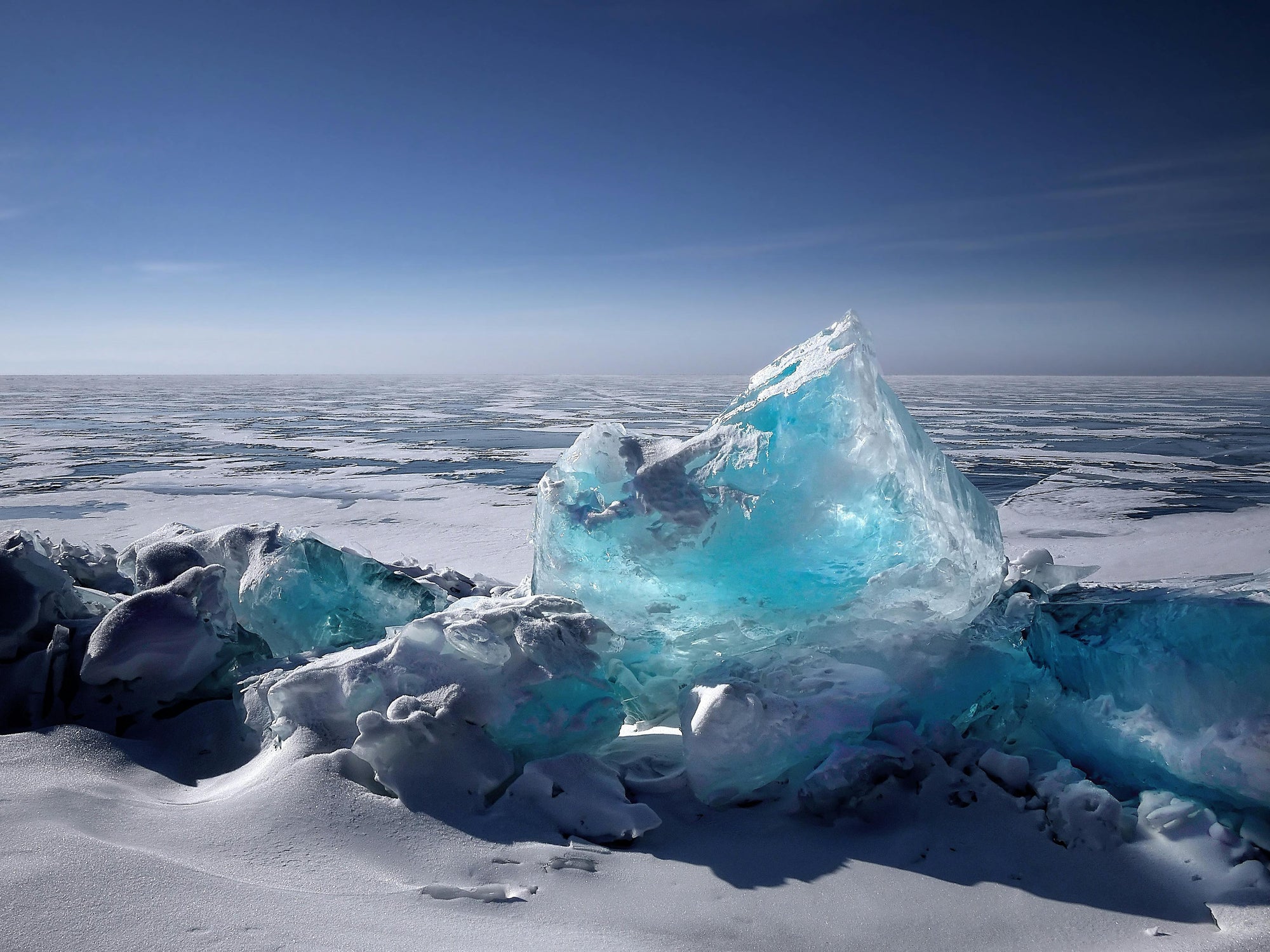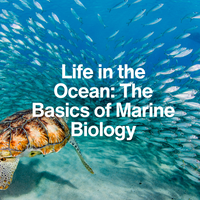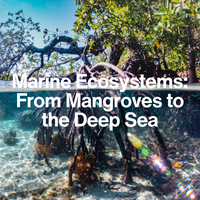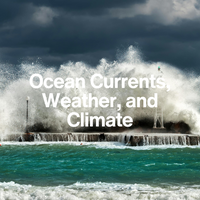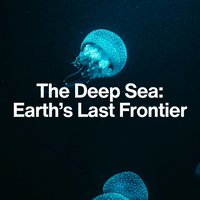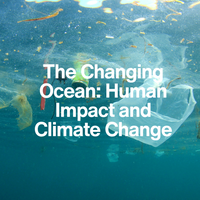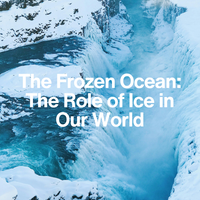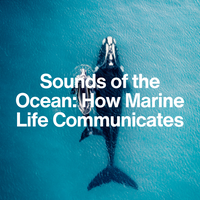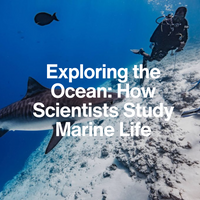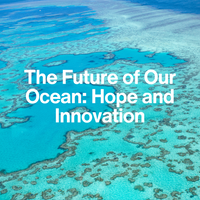LESSON 1
What’s the Difference Between Sea Ice, Icebergs, and Glaciers?
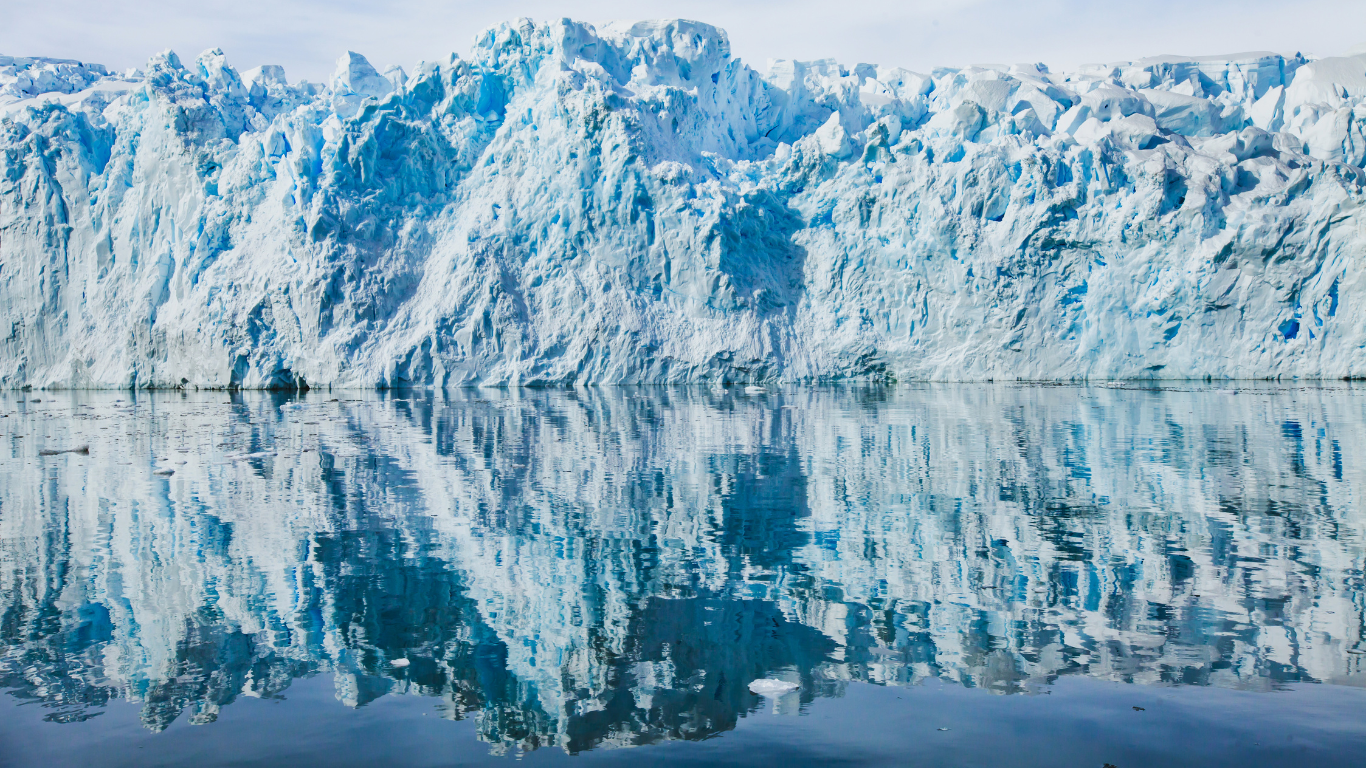
Introduction:
A Frozen World With Many Forms
The polar regions may look like vast stretches of white from afar, but the ice found there isn’t all the same. In fact, the frozen parts of our planet come in different shapes, sizes, and behaviors—each playing a unique role in the health of the ocean and climate.
In this lesson, we’ll explore three of the most important types of frozen water on Earth: sea ice, icebergs, and glaciers. What makes them different? Where do they form? And why do they matter more than ever in a warming world?
1. Sea Ice: Frozen Ocean
Sea ice forms when seawater freezes, usually during the polar winter months. It’s a key feature of both the Arctic Ocean and the waters around Antarctica. Unlike other types of ice, sea ice forms and melts entirely in the ocean.
- Sea ice is typically only 1 to 5 meters thick.
- It expands during the winter and retreats in the summer.
- It floats on the ocean surface and reflects sunlight, helping regulate global temperatures.
- It creates critical habitat for species like polar bears, seals, and Arctic foxes.
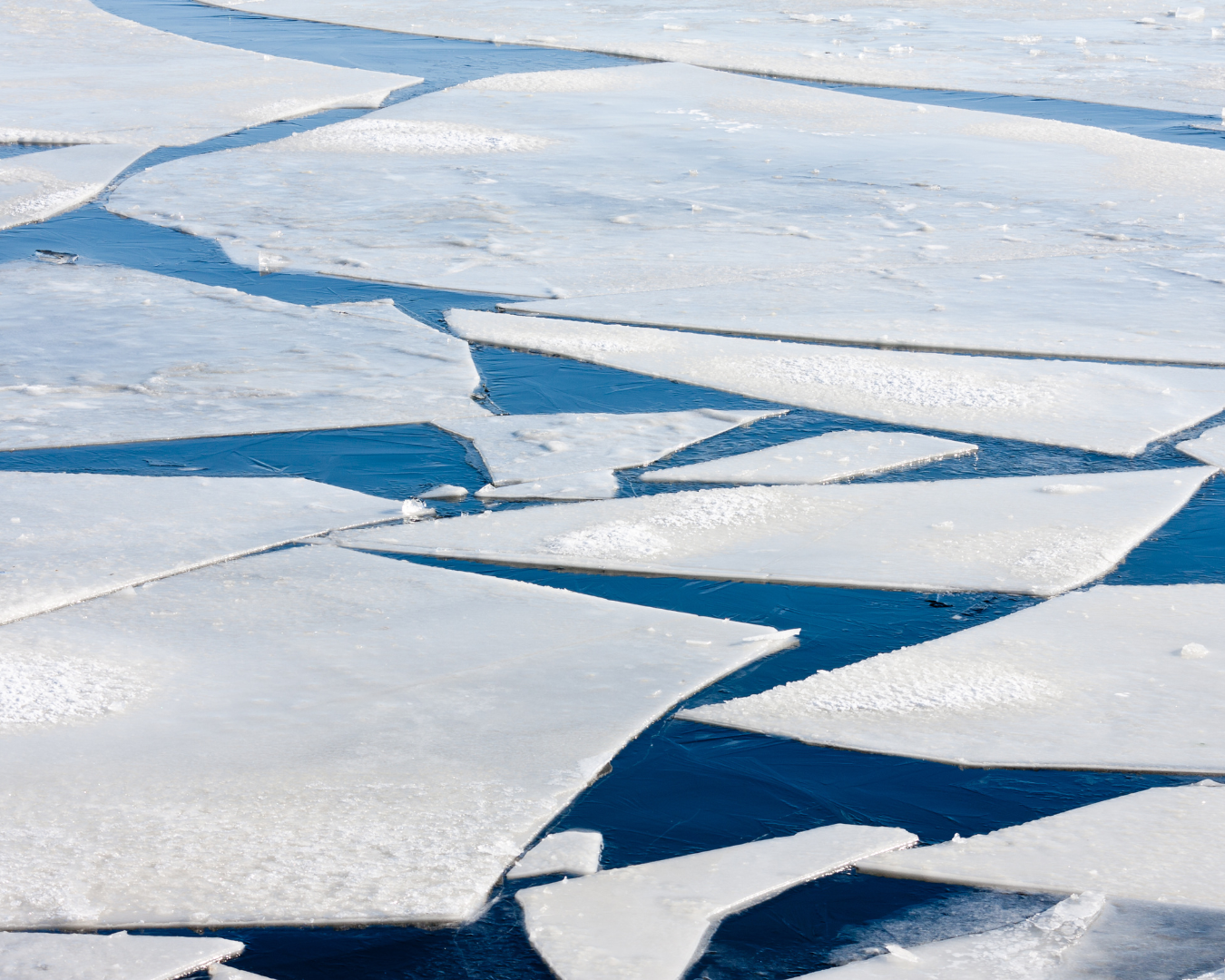
Did you know?
Even though sea ice melts each summer, the long-term trend shows it's shrinking faster every decade.
2. Icebergs: Floating Ice Mountains
Icebergs are chunks of freshwater ice that have broken off from glaciers or ice shelves and drift in the ocean. Though they float, about 90% of an iceberg’s mass is hidden beneath the surface.
- Icebergs form when pieces of glaciers or ice shelves calve into the ocean.
- They vary in size from small fragments to massive islands of ice.
- Melting icebergs release nutrients into the water and help support ocean ecosystems.
- Large icebergs can be dangerous to ships, as seen in the tragic sinking of the Titanic.
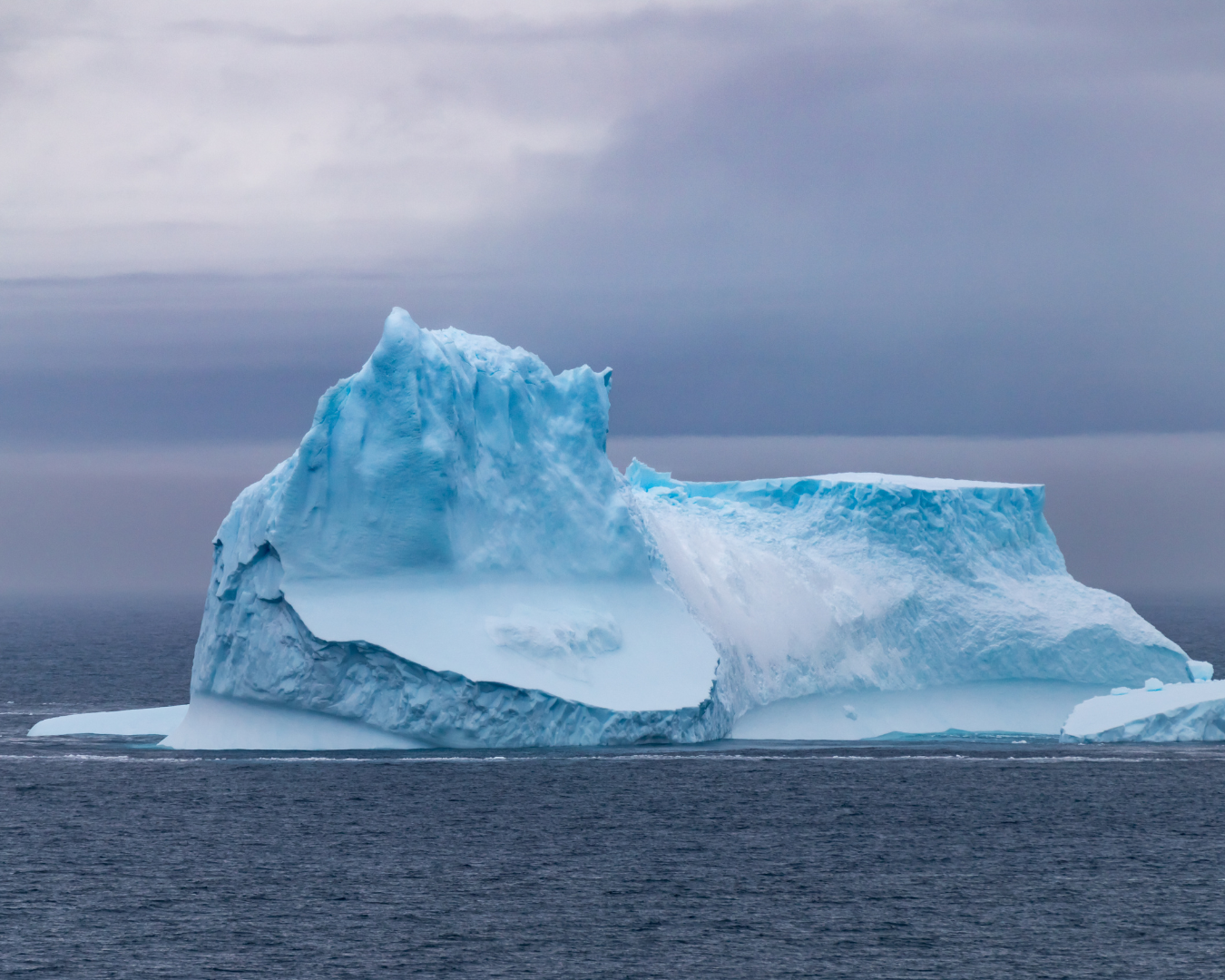
Did you know?
The biggest iceberg ever recorded (Iceberg B-15) was larger than Jamaica!
3. Glaciers: Rivers of Ice
Glaciers form on land from compacted snow that accumulates over centuries. These slow-moving rivers of ice shape landscapes, store freshwater, and eventually flow into the sea.
- Glaciers are found in mountain ranges and polar regions.
- They carve out valleys and create dramatic geological features.
- As they melt, they release freshwater into rivers and oceans.
- Glacial melt contributes to sea level rise and alters freshwater availability.
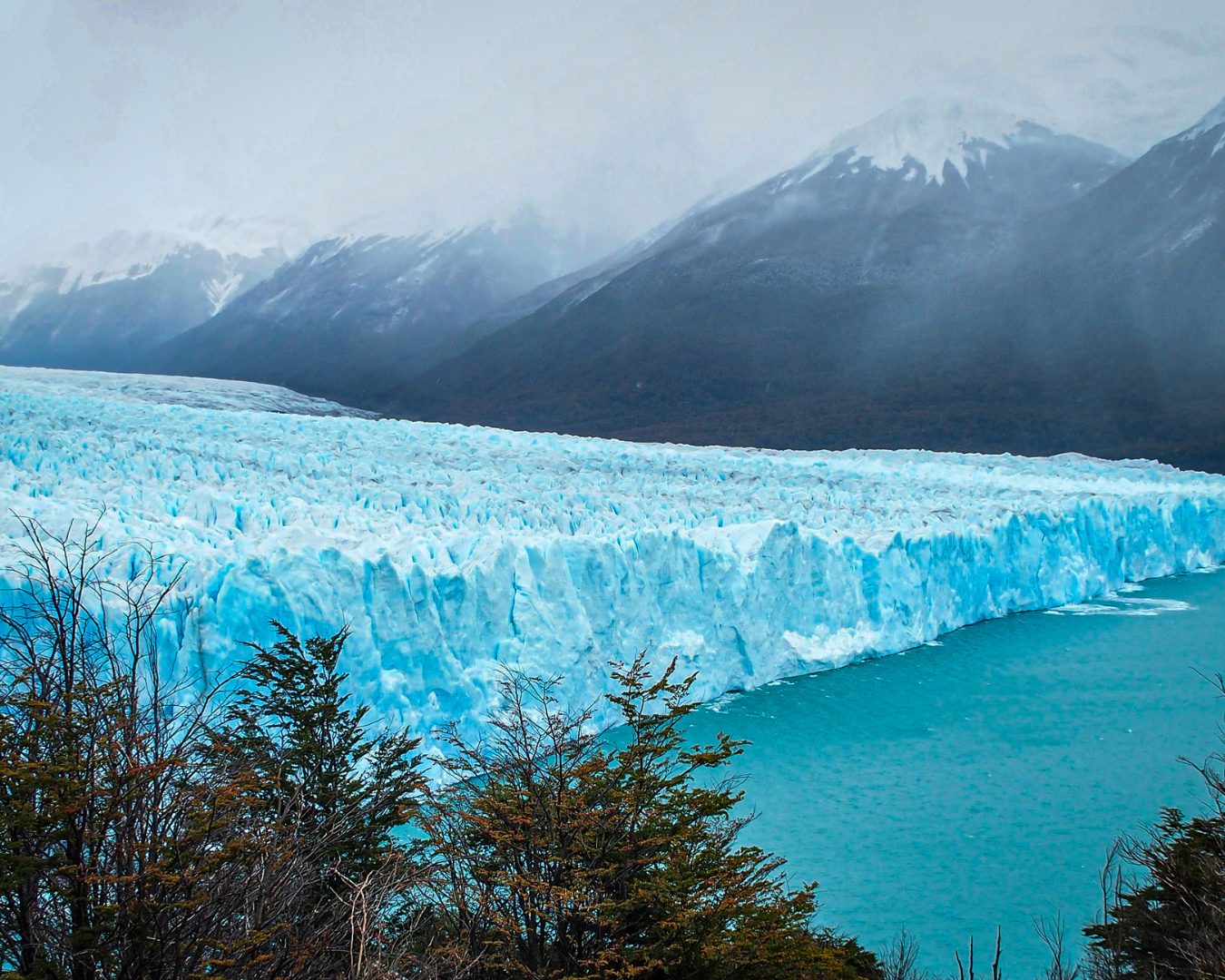
Did you know?
Glaciers contain about 69% of the world’s freshwater.
Conclusion
Not All Ice Is Equal
Sea ice, icebergs, and glaciers may all be frozen water, but their origins and functions are vastly different. Together, they reflect sunlight, store freshwater, support ecosystems, and shape our planet’s future.
As our world warms, these frozen giants are changing fast—reminding us how deeply connected Earth’s systems really are.
Key Takeaways:
Sea ice is frozen ocean water that forms and melts on the ocean’s surface.
Icebergs break off from glaciers and float in the ocean with most of their mass hidden.
Glaciers are land-based ice flows that shape landscapes and feed rivers.
Each type of ice plays a key role in maintaining global climate and ocean health.
NEXT LESSON
Why Is the Arctic Melting, and What Does That Mean for Us?
Next, we examine another serious threat: industrial and chemical pollution—from oil slicks to mercury and forever chemicals that build up in marine food chains.
